Mar 1–31, 2020
Online Exhibition
-
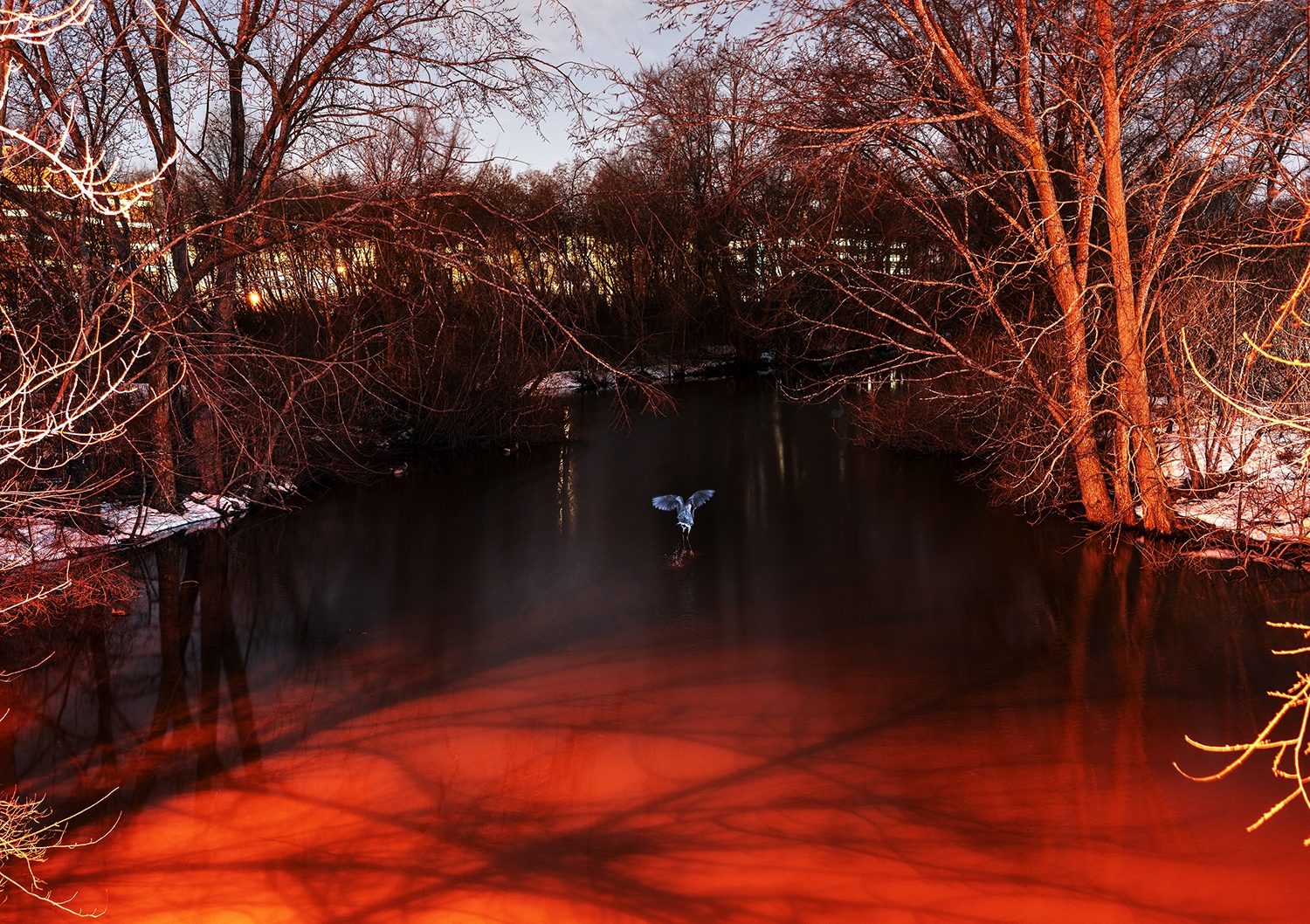
1/12: Heron, Taking Flight
-
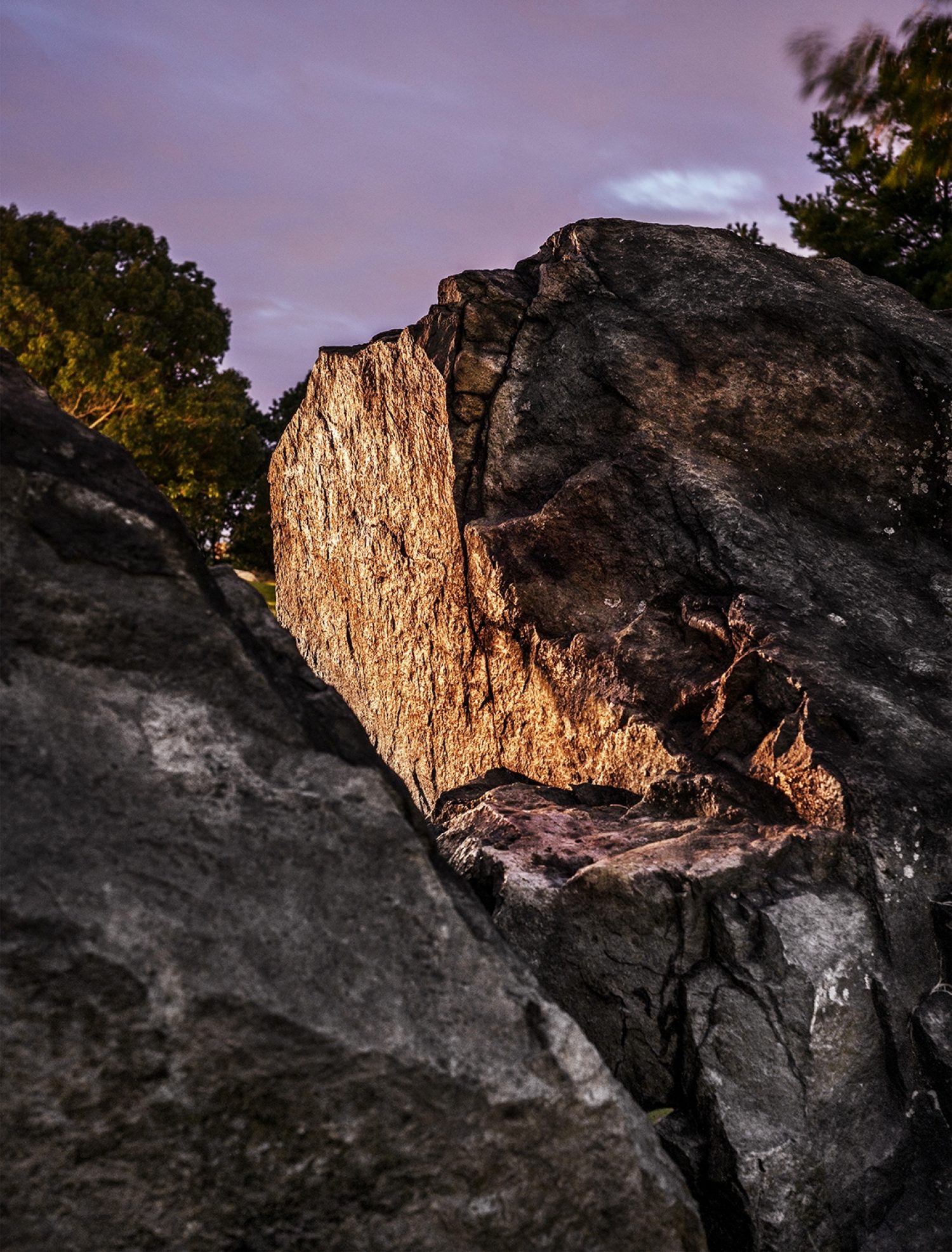
2/12: Fool's Gold
-
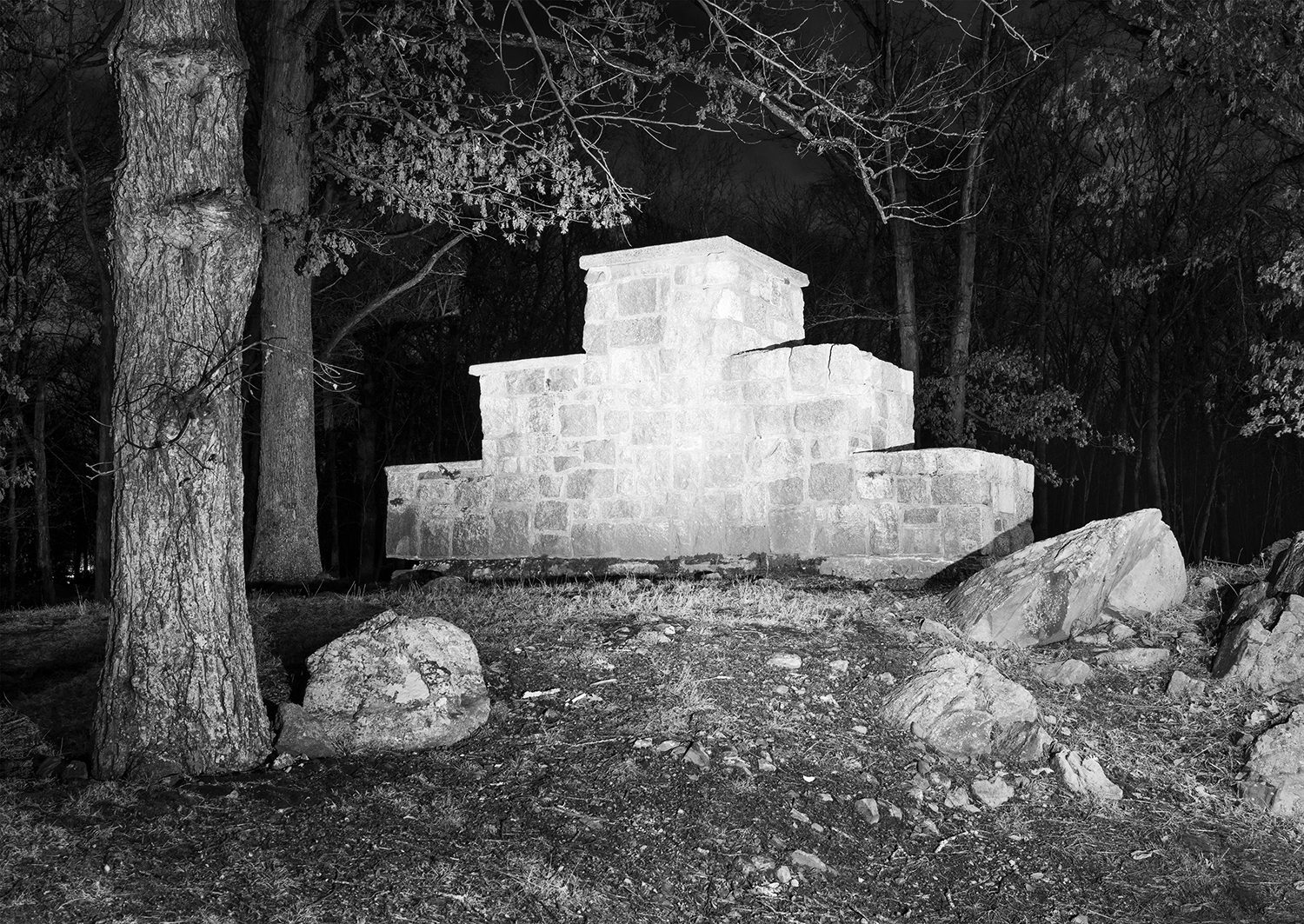
3/12: Untitled Structure
-
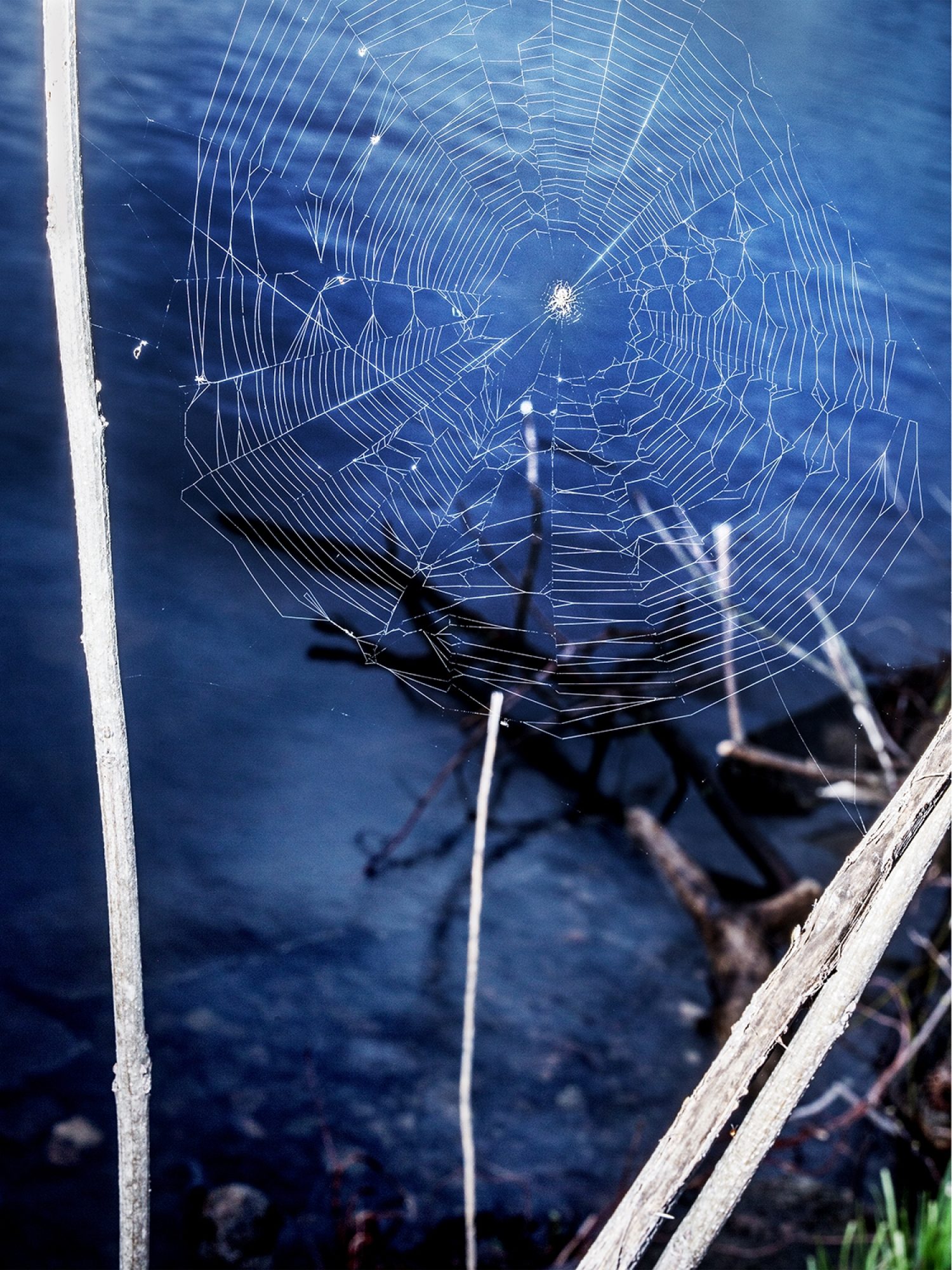
4/12: Spider at Dusk
-
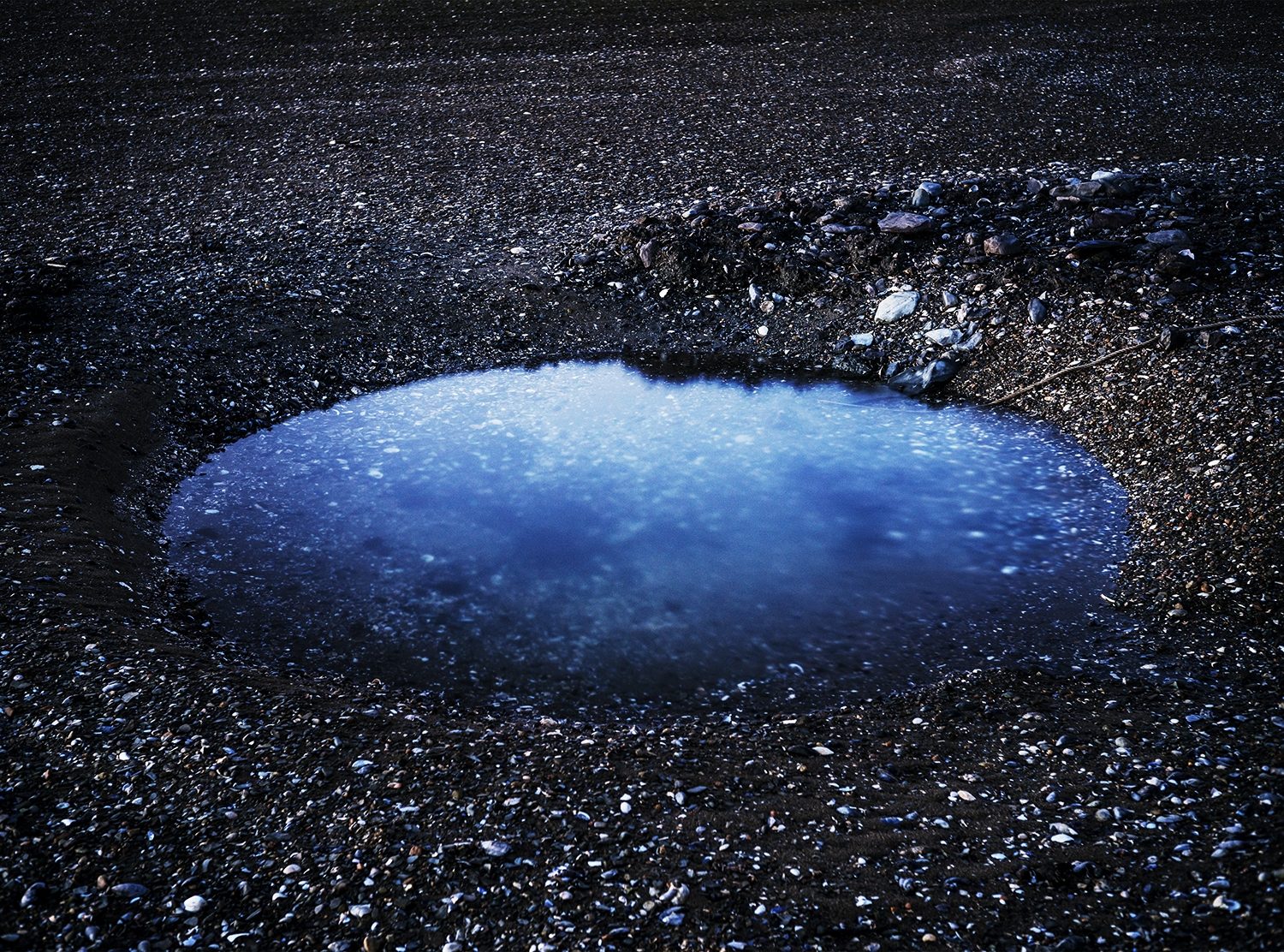
5/12: Constellations
-
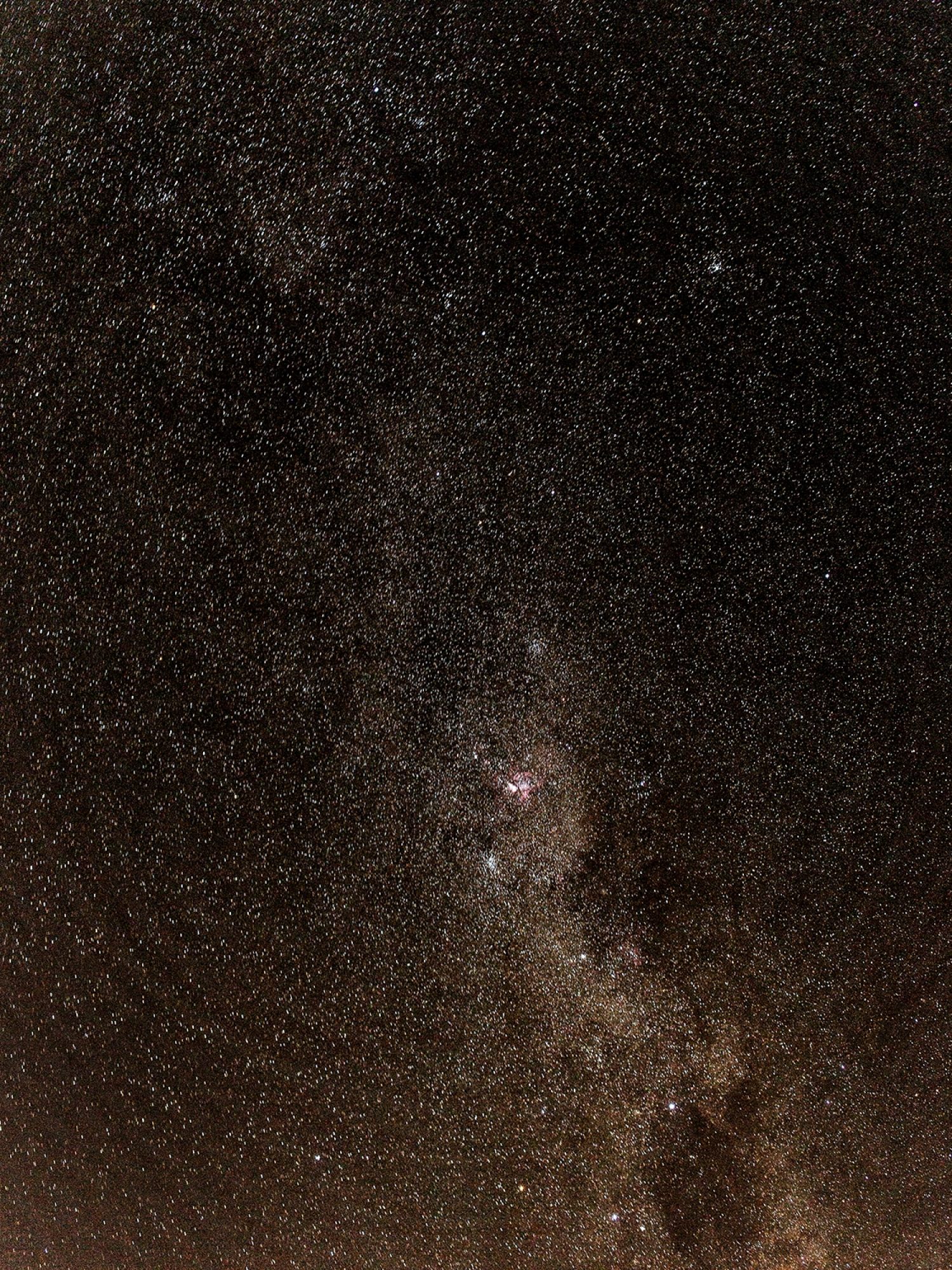
6/12: Cosmos
-
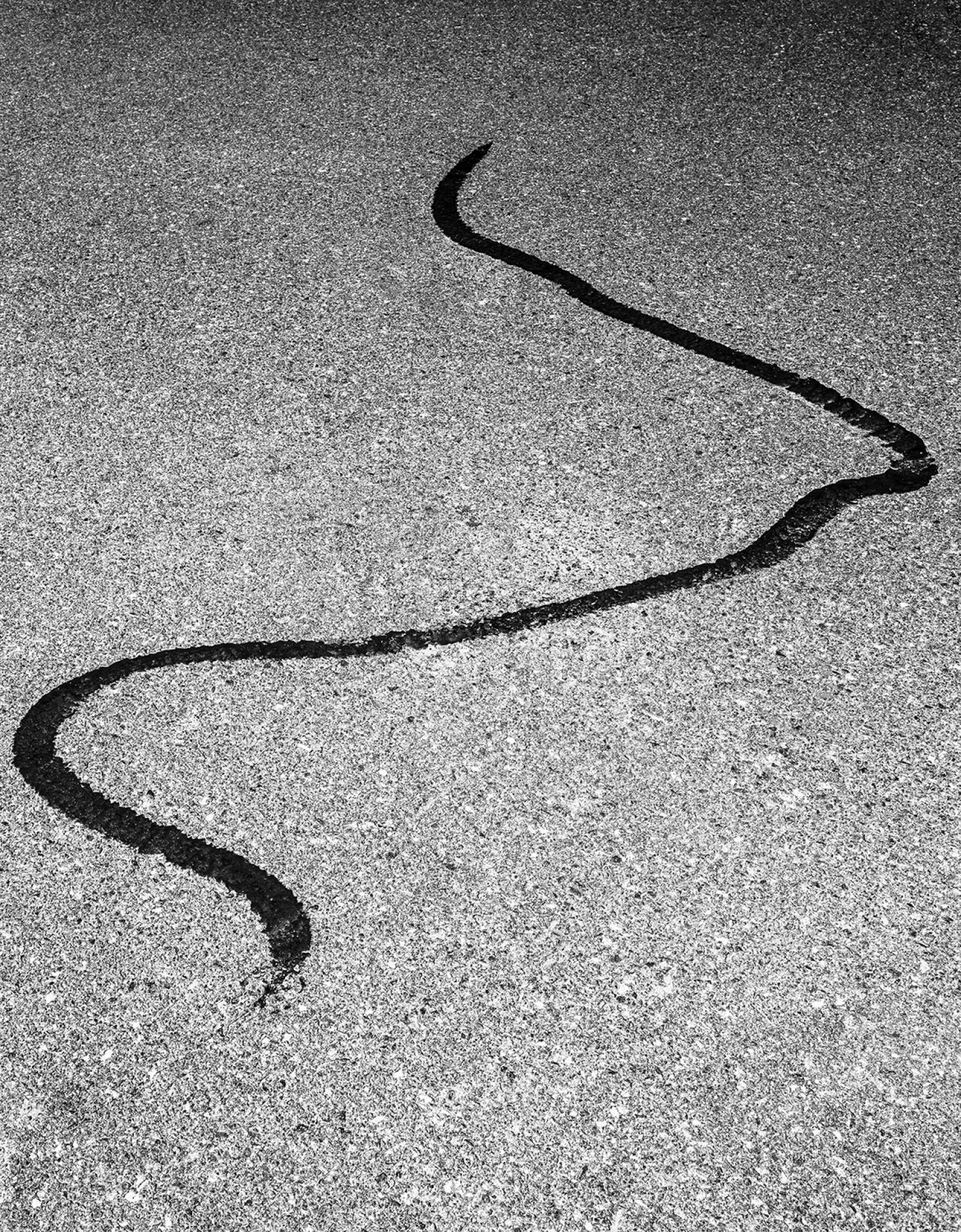
7/12: Untitled
-
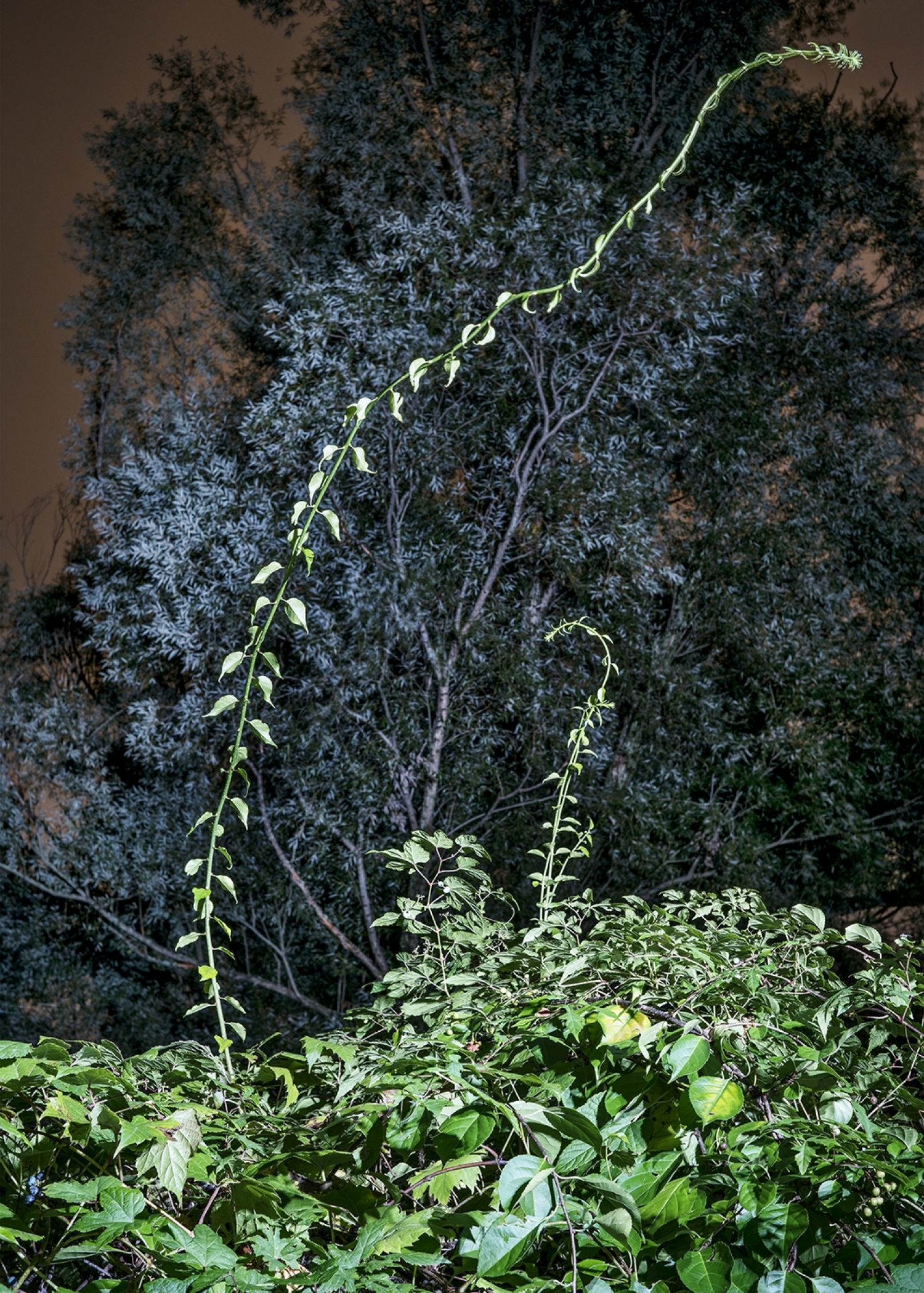
8/12: Fronds
-
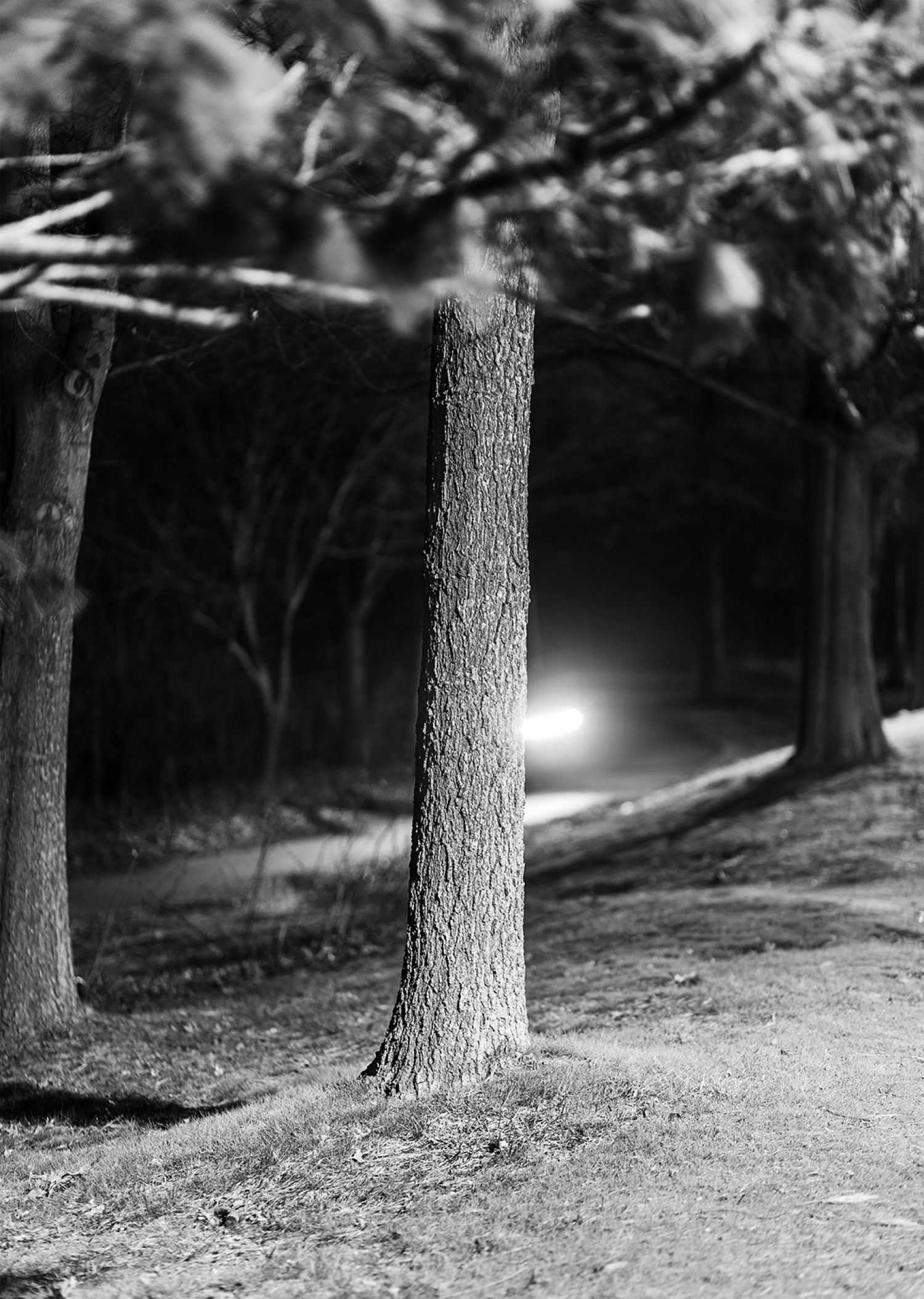
9/12: Untitled
-
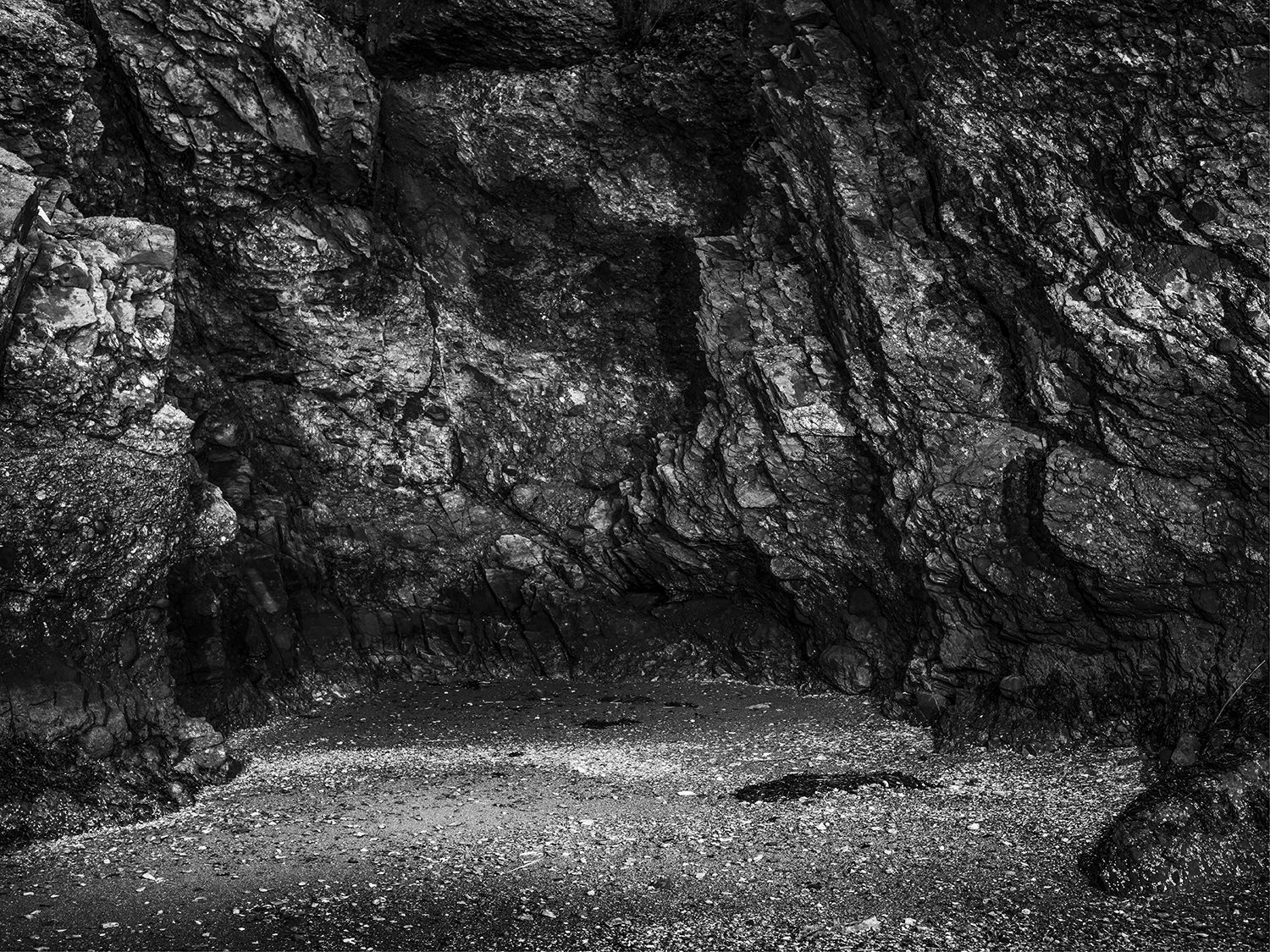
10/12: Constellations (ii)
-
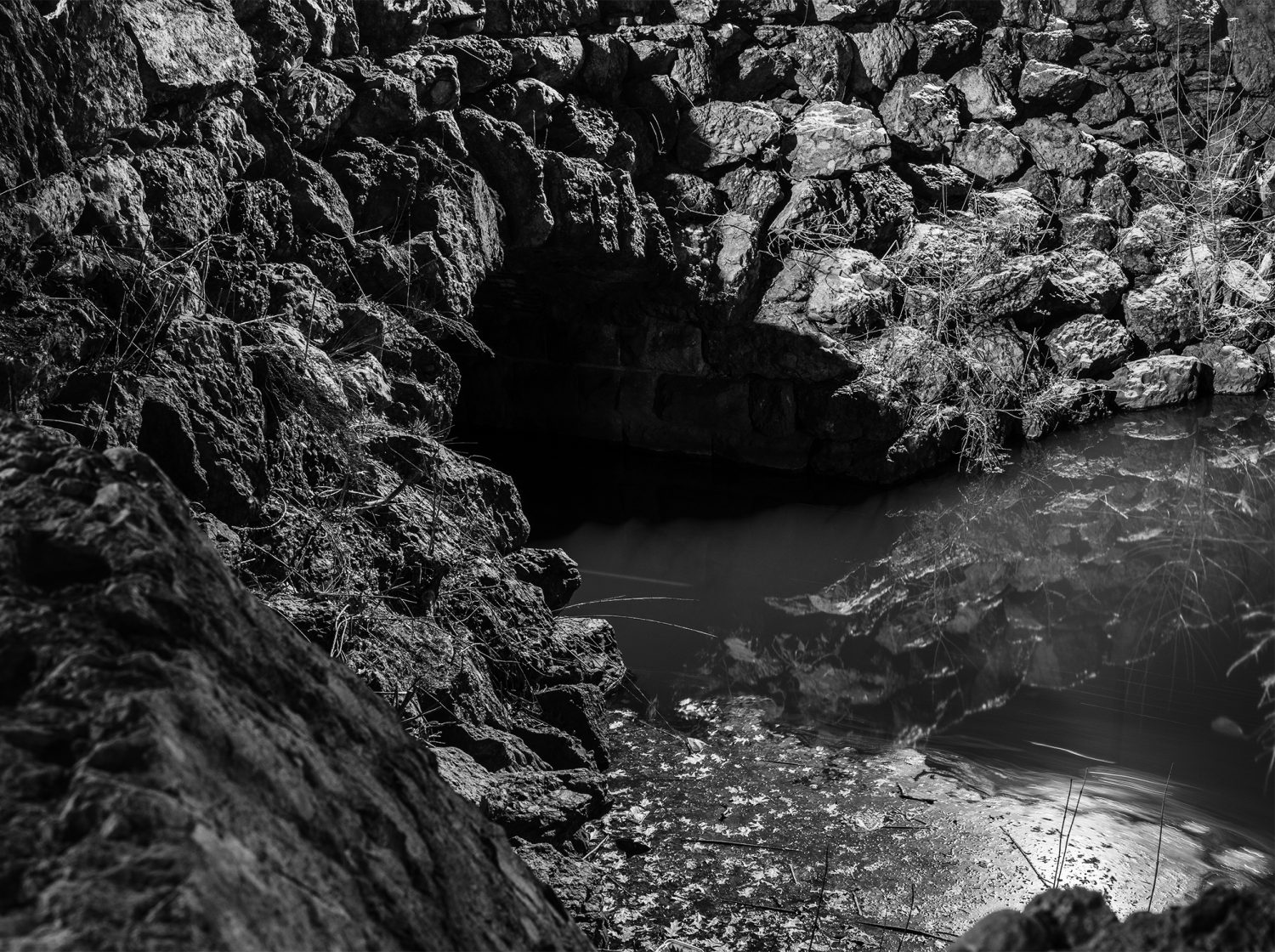
11/12: Portal
-
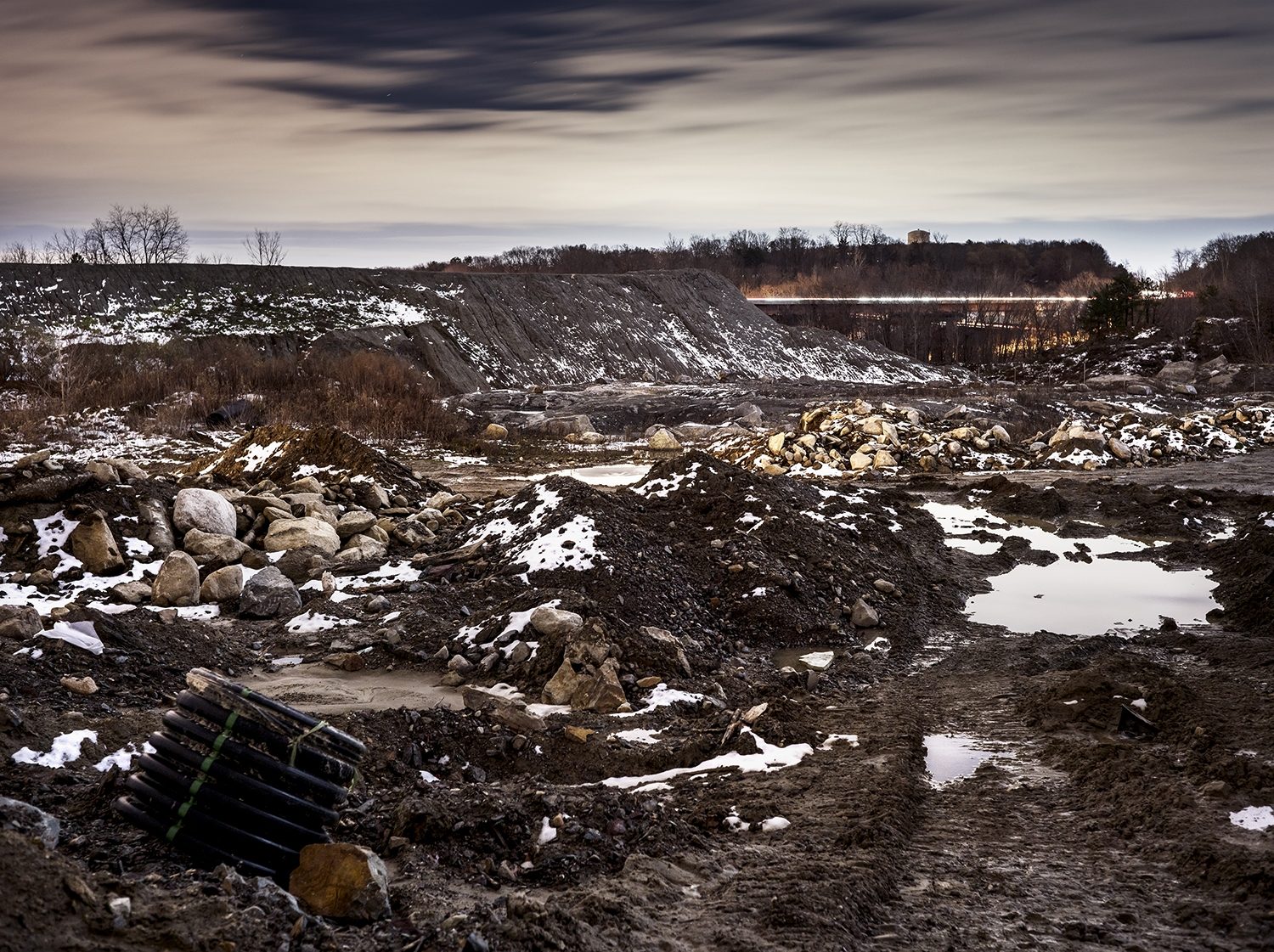
12/12: Untitled
An interview between student scholar Noah Fodor and photographer Evan Perkins
Evan Perkins' images push and pull his fantasies, the science fiction world, and our current state of the planet in order to create this uncanny relationship. Perkins’ current and ongoing project When Light is Put Away evolved from his desire to access a world outside our own. While he began looking at the night sky, he made the shift to examining our physical environments among the night's light. The ambiguity of his images erases time and space and the viewer transcends to a world that merely resembles our physical environment. Perkins uses duration and light to his advantage as he unlocks this inner world that is situated in the familiar.
The images Perkins is making are situated in the science fiction genre, but he also implements contemporary social context. While the images present themselves as fantasies, they also cross a threshold that creates a discourse surrounding our climate and our occupation of other planets. The talk surrounding our ability to cultivate life on other planets has always been more on the fictitious side of the conversation, but as the days go on, the chance of reversing our impact on our planet gets increasingly smaller. Perkins' images question those ideas with his use of the camera.
Noah: This project derived somewhat from the current state of our planet; was that out of frustration or was this your way of making viewers more aware and attentive to these issues? Can you expand upon what your initial inspiration was for this body of work?
Evan: I began this body of work by photographing the night sky. The natural histories are an important inspiration to my image making, and I’ve always been most drawn to astronomy. Photographing the night sky was my own attempt to access worlds far out of reach. It was my way to contemplate the infinite.
While making these images, I also began to focus on the fascination of cultivating life/civilizations on worlds beyond our own. We can trace back the human race’s desires to access the heavens throughout history, but I believe that in the 1960s, these ideas began to seem possible. Space travel became common as time went on and the technology we have now has granted us the luxury of being able to have more bold ideas of what space travel could mean for humankind.
These ideas compounded into two connected thoughts: Why are we so obsessed with expanding our existence to other planets while we destroy our own? How can we have confidence that we’ll be able to create sustainable civilizations moving forward?
These thoughts were the guiding force to making the images for this body of work--I wanted to create a world that existed in between Earth and a hypothetical celestial landscape.
Noah: You experiment with water in a few of your images; is this your way of getting to those other worlds that are unreachable that you talked about in your statement?
Evan: I wanted the world created in these images to be rooted in elemental substances/environments--the building blocks of life as we commonly know. Water is this astoundingly complex and amorphous substance that is crucial to every aspect of life. Water is one of the first qualifications needed for a world to be considered hospitable, so its importance in this subject matter can’t be overstated.
For me, it also represents a sense of transition. While photographing, I spent most of my time around some type of body of water. I photographed near oceans, lakes, reservoirs, ponds, rivers, small streams, puddles, etc. Provided was a landscape in flux, a convergence of the natural and manmade. The combination of these landscapes as well as photographing at night led to a less direct view of the world. It created a more gestural landscape, one that hints at a potential new standard if we continue to treat our planet the way we currently are.
Noah: What do you want this project to achieve? Apart from what your artist statement reveals, how do you want these images to function in the world?
Evan: I wanted to create a visual representation of all the thoughts stated above. Petrochemical America by Richard Misrach is a poignant example of how photographic documentation can reveal the severity of issues surrounding climate crisis. I wanted to take a different approach, creating a future world that reflects the one we’re currently in. I want the viewer to wonder about the time and place of the world created. Is this a new civilization? Is this a future version of our planet, one further deconstructed due to our recklessness? Or is it simply the world we live in now?
It’s saddened me that didactic works and scientific fact aren’t shifting and inspiring public opinion in the way I believe they should be. This isn’t due to an insufficiency in data or messaging but the saturation of images and information we intake every day. It’s clear that we’re at a pivotal point in human history, and the next decade or two will have an irreversible impact on the future state of our planet. I believe that we’re going to have to adopt new and creative ways to highlight the importance of how we must systematically change the way our society operates. I’m fully aware that I’m not a climate scientist and don’t have a direct affiliation with this important field of work, but I hope that these images can act as an advocate for change and in some way connect with viewers and inspire a thoughtfulness to the subjects at hand.
Participating Artist
Evan Perkins is a Boston-based artist and recently graduated with departmental honors from Massachusetts College of Art and Design’s BFA Photography program. His photographs delve into acute explorations of the natural world and are highly influenced by matters of natural history, including botany, meteorology, and astronomy. Perkins is also the Assistant Director at Gallery Kayafas, located in the SOWA Arts District of Boston.